There was a time when, if you wanted a quality piece of
software for your computer, you had to get your wallet out and pay for it.
Microsoft products were – and still are – a prime example of this.
But then the open source movement picked up steam and suddenly
we were treated to outstanding quality products. The price? Absolutely nothing.
Don’t you just love the Internet?


But What Is Open Source?
There are two forms of software – open source and closed
(proprietary) source. It’s important to understand the difference.
Open source is when the source code (the code that runs the
software) is freely available for anyone to inspect. You can see how features
work, clone your own versions of that software and release them as open-source
too (meaning you don’t make a profit on it). Open-source projects are always
free. That is the whole point.
On the other hand, closed source (proprietary) software is,
as the name says, completely closed. The companies don’t want you to see the
source code because they rely on the source code to make a profit with their
products.
For example, you will never see the source code for Microsoft
or Apple products. It’s just not in their best business interests. You can run
open source products on Microsoft or Apple operating systems but getting under
the hood of Windows or macOS to inspect their code? Yeah good luck with that.
Below are what I feel are the biggest and best open source
projects around. Obviously “biggest and best” is very subjective so maybe you
disagree with me? If so, please do let me know.
Linux

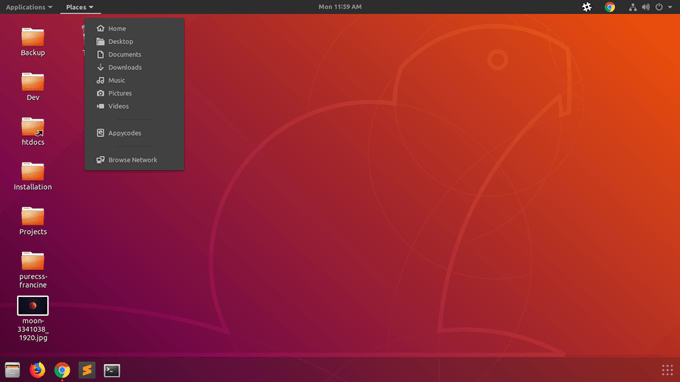
Linux is probably the biggest, most well-known, and most popular open source project in existence. Since it began in 1991, there is now easily a couple hundred active Linux operating system “distros” (short for distributions). This includes the Tails system, which I recently profiled, and high-profile ones such as Ubuntu, Linux Mint, and Debian.
Linux is attractive to people who are turned off by the
thought of having to pay for expensive operating systems or by people with a hatred
towards Windows.
Linux is supported by most major software apps but its
downside is that installing those apps is not as straightforward as it would be
on Windows or macOS. Some technical ability is required.
Mozilla Firefox

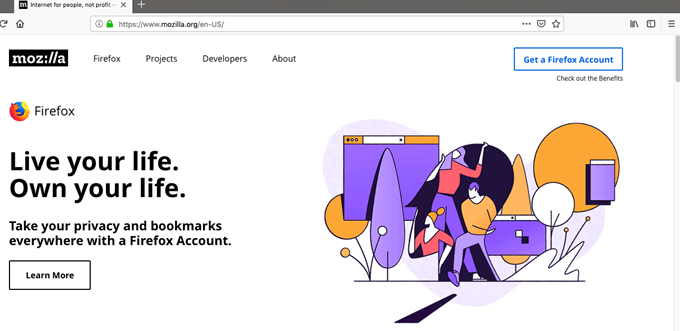
I’ve made no secret of my fondness for Google Chrome, but I
still have a place in my heart for Mozilla Firefox. Firefox has been around
longer than Chrome has been, and Firefox were the ones who started to destroy
Microsoft’s browser monopoly.
I’m surprised though that not many people know that Firefox is open source and that its owner Mozilla is a non-profit foundation. You can freely inspect the code, volunteer to help develop the browser, and even make your own browser based on the Firefox code. Three examples are WaterFox, PaleMoon, and the Tor Browser.
LibreOffice

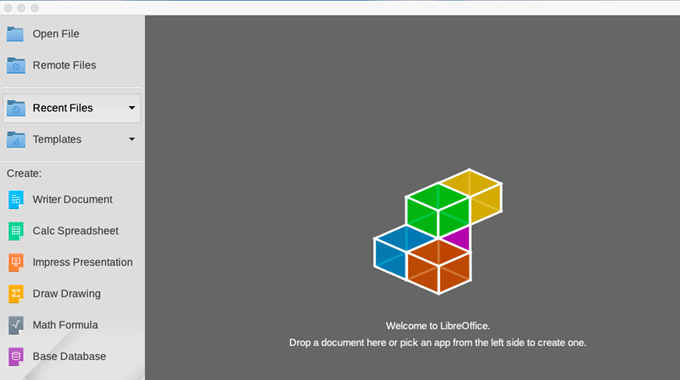
If there was ever a reason never to pay for Microsoft Office
again, LibreOffice would be it. Even paying for Office 365 is pointless when
you see free alternatives like LibreOffice and Google Suite.
LibreOffice is a word processing suite which includes text
documents, spreadsheets, databases and “presentations” (their version of
Powerpoint). Although LibreOffice has its own file format, other file formats,
such as Microsoft files, are fully supported, and there is a nifty one-click
PDF generation button.
KeePass

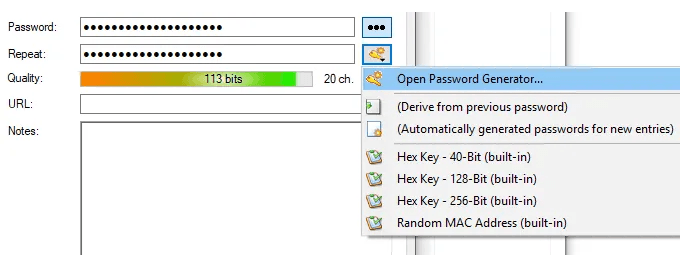
Not so long ago, I wrote about my love for KeePass and despite shinier rivals trying to get my attention, my affection for KeePass has never waned. Sure, KeePass is a bit plain and functional. But sometimes that’s all you need.
As well as storing your passwords, it also has a very
easy-to-use password generator. When you accept the password it offers you, it
automatically pre-fills the KeePass fields so all you need to do is “save”.
Since KeePass also has a portable version, it is easy to
stick the password database file in cloud storage and sync it across computers.
WordPress

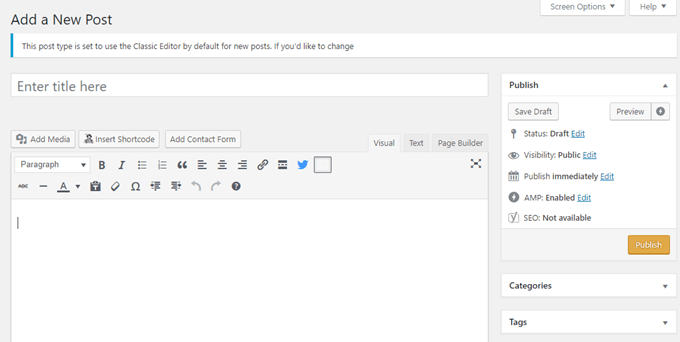
Along with Linux, this is probably the other most famous
example of open-source projects. It is used by a staggering 60 million websites
to power everything from online shops to portfolios to blogs (and many more
uses in-between).
Let’s just say that if WordPress decided to stop development
tomorrow, a lot of websites would have serious problems.
To extend its usability, WordPress relies heavily on its vast library of plugins and themes. Most of them are free but there are a lot of premium options as well.
Chromium


I mentioned earlier on that Mozilla Firefox was the best
open-source browser, but Google has also been working on their own light
open-source offering.
Not to be confused with Google Chrome, Chromium is Google’s
open-source browser. Most of Google Chrome’s code is based on Chromium but
Chromium is also a browser in its own right.
Many other browser developers use Chromium code for their own
browsers. This includes Amazon Silk and Opera. As of this year, Microsoft Edge
will also incorporate Chromium into their browser.
Cryptocurrency
Finally, cryptocurrency. Yes, even that is open-source as
anyone can take an existing cryptocurrency, study the code, and make a new one.
For example, I could take Bitcoin and use the code to make an ONeillCoin if I
was so inclined and had the developing skills.
But that is for another article and for someone who knows
what they are talking about.
